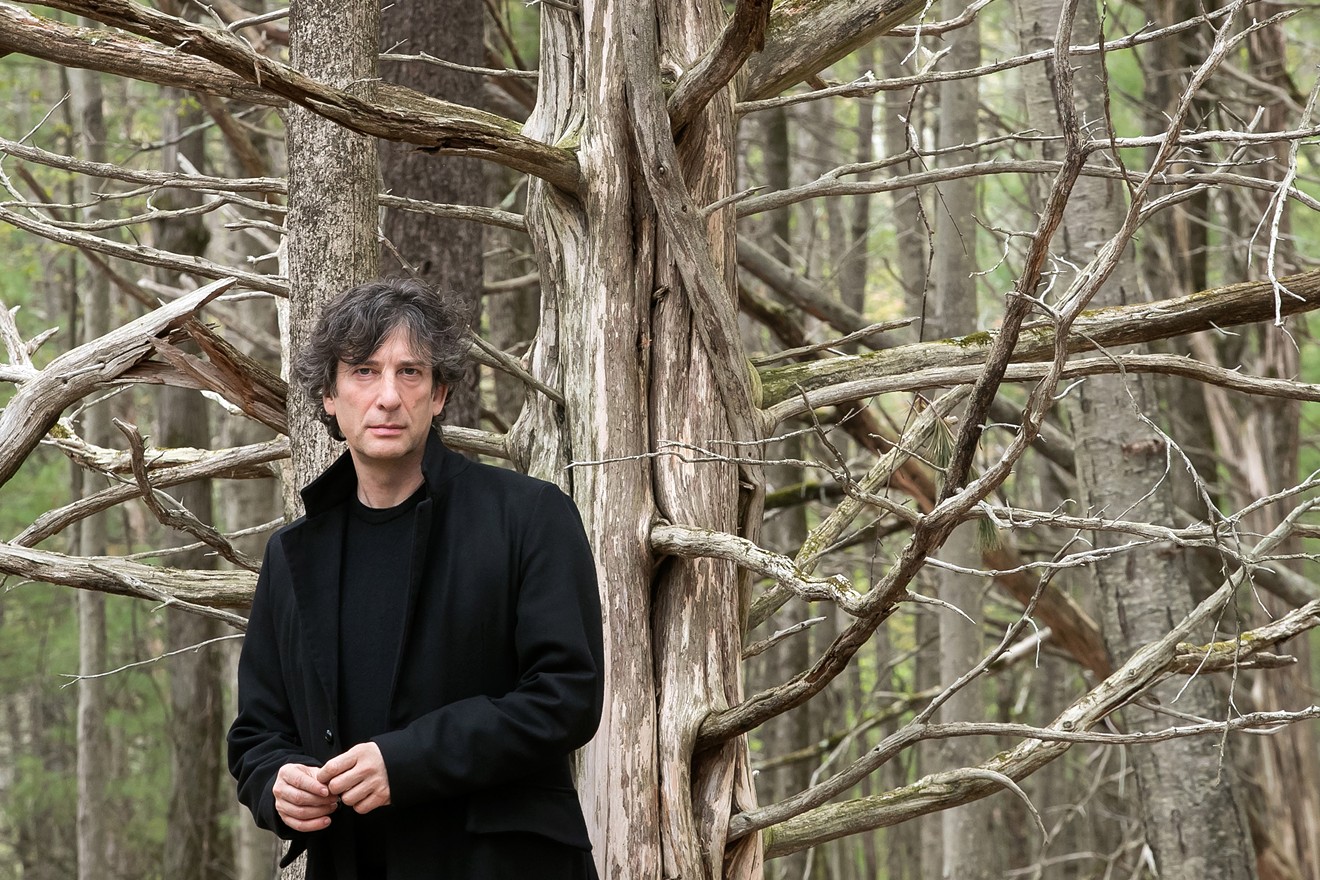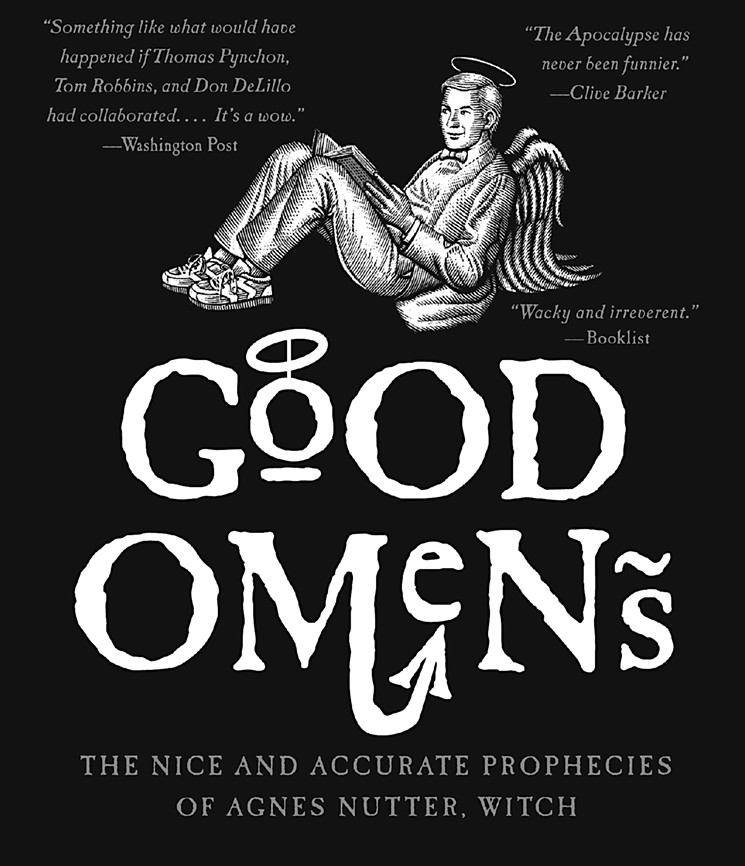On Sunday, April 30, the novel comes to premium cable as Starz’s new TV series debuts. Ricky Whittle (The 100) stars as Shadow Moon, an ex-con who is recruited by the mysterious Mr. Wednesday (Deadwood’s Ian MacShane) to assist in the war between the old and new gods. Turns out Wednesday is a version of the one-eyed Norse god Odin, and along with other dieties, including Mr. Nancy (Anansi) and Mr. Jackal (Anubis). They face such modern creations as Media (Gillian Anderson) and Mr. World (Crispin Glover).
If you love the debut and want to explore more from this magical, multi-talented writer, here is a baker’s dozen of his best works (including, of course, American Gods).
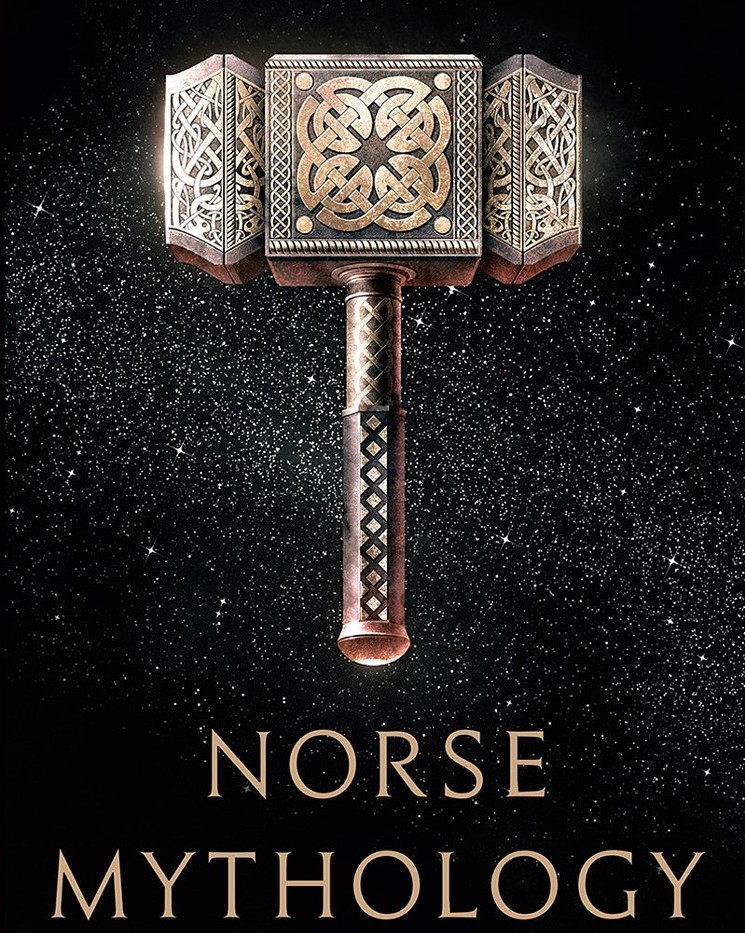
Gaiman's latest book features retelling of classic Norse tales of Odin, Thor, and the trickster Loki.
Courtesy of W.W. Norton & Company
Gaiman’s most recent work is Norse Mythology, which shouldn’t be surprising to longtime readers. His love of Odin, Loki, and Thor shines throughout much of his work, dating back to Sandman. Nowhere is it more evident than in this sweet little tale about Odd, a crippled orphan who befriends the bewitched Norse gods and eventually receives great gifts from them. Originally a limited edition written for World Book Day, it was released to wider audiences.
"The Doctor’s Wife" (2011)
Gaiman has also dabbled in TV scriptwriting, working on Babylon 5 in the ‘90s. In 2011 Gaiman fulfilled one of his lifelong dreams and wrote an episode of Doctor Who. The beloved episode, which features the Doctor’s TARDIS manifesting as the woman Idris, is hailed as one of the finest of the Matt Smith era and won Gaiman a Hugo Award for best dramatic presentation, short form.
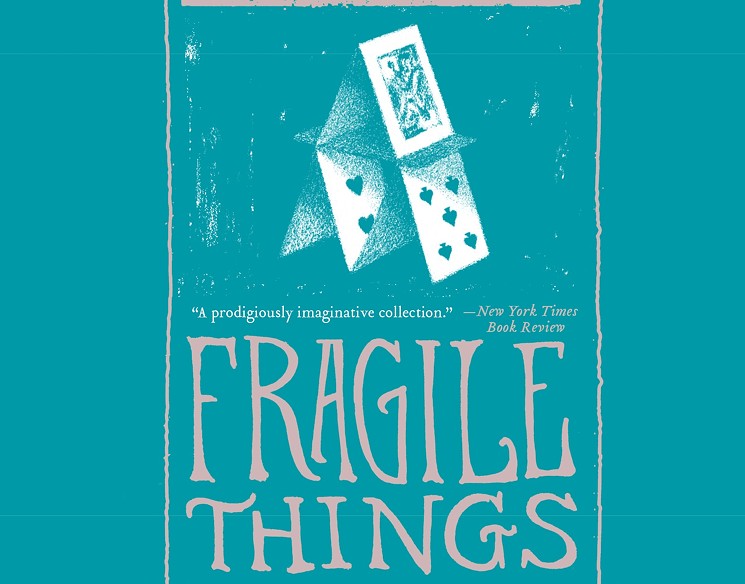
Fragile Things collects numerous Gaiman short stories and poems, including the Lovecraftian Sherlock Holmes riff, "A Study in Emerald."
Courtesy of HarperCollins Publishers
Sherlock Holmes and Cthulhu are both territory that Gaiman has mined elsewhere, but this short story, featured in the Shadows Over Baker Street anthology, as well as Gaiman’s own Fragile Things collection, is a wonderful mashup. The story of a detective investigating the murder of a member of the royal family, told from the point of view of the detective’s friend and housemate may seem familiar. Until you find out what the royal family really are, and who the detective really is. “A Study in Emerald” also won a Hugo Award for best short story in 2004.

The strange children's story Coraline was made into a movie by director Henry Selick.
Courtesy of HarperCollins Publishers
Gaiman wrote this twisted children’s story, which was later made into a stop-animation film by Henry Selick (The Nightmare Before Christmas), for his daughter. Coraline is a lonely girl whose family moves to a mysterious house with some strange neighbors. When her parents disappear, she journeys through a magical door in her room into a strange alternate universe, where her “other mother” has imprisoned her parents, and where everyone has buttons sewn over their eyes. Like many of his other works, Coraline won the Hugo and Nebula awards in 2003 for best novella.
The Ocean at the End of the Lane (2013)
Gaiman’s most recent novel can barely be called such, but it is as confounding and disturbing as his longer works. Ocean has a similar tone to Coraline, dealing with children having supernatural experiences, albeit with a decidedly adult voice. In this case it is an unnamed narrator, who has returned to his childhood home for a funeral. While there he visits the house of a childhood friend, and recounts a strange encounter with a magical being that used the narrator to enter our world. Gaiman wrote the novel for his wife, the musician Amanda Palmer, and would have likely won another Hugo Award had he not turned down the nomination, saying he had enough of them already.

Gaiman's Neverwhere,adapted from a television series he developed for the BBC.
Courtesy of HarperCollins Publishers
This popular novel from 1996 started as a BBC TV production conceived by Gaiman and British comic Lenny Henry. It follows the adventures of Richard Mayhew, an everyday businessman who stops to help a mysterious girl while he is walking home on evening. That girl, named Door, is a denizen of “London Below,” a parallel world populated by mythic beasts and swashbuckling swordsman. Door is being hunted by a mysterious power that's attempting to take over London Below. Gaiman recently intimated that his next novel will be a sequel to Neverwhere.
Read on for more of Gaiman's best.
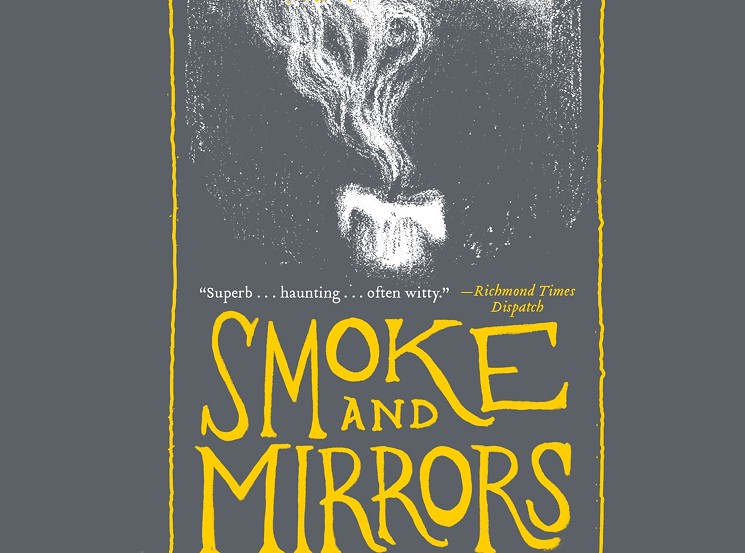
Gaiman's first collection, Smoke and Mirrors, included short stories like the acclaimed "Snow, Glass, Apples" and "Murder Mysteries.
Courtesy of HarperCollins Publishers
Gaiman’s novels and comics get most of the attention, but he’s written amazing short stories as well. This 1994 piece retells the story of Snow White from the perspective of her stepmother. In his version, Snow White is the monster, as the Stepmother tries (and ultimately fails) to stop her evil, which includes incest, vampirism and necrophilia. Gaiman wrote this disturbing fairy tale to benefit the Comic Book Legal Defense Fund, and it was reprinted in his collection, Smoke and Mirrors.

Stardust started as a comic miniseries before being adapted into a novel and later a movie.
Courtesy of HarperCollins Publishers
This sweet fairytale from 1997 started as a graphic novel with gorgeous artwork from Charles Vess. It was later released, sans illustrations, as a novel. The story follows Tristran, a young man who makes a foolish promise to the girl he loves, leading him into the magical land of faerie to retrieve a fallen star. Little does he know that in Faerie falling stars aren’t just lifeless lumps of cold iron. Stardust was also the first Gaiman work turned into a film, starring Clare Danes as the fallen star, and earned him his first, you guessed it, Hugo Award for Best Dramatic Presentation.
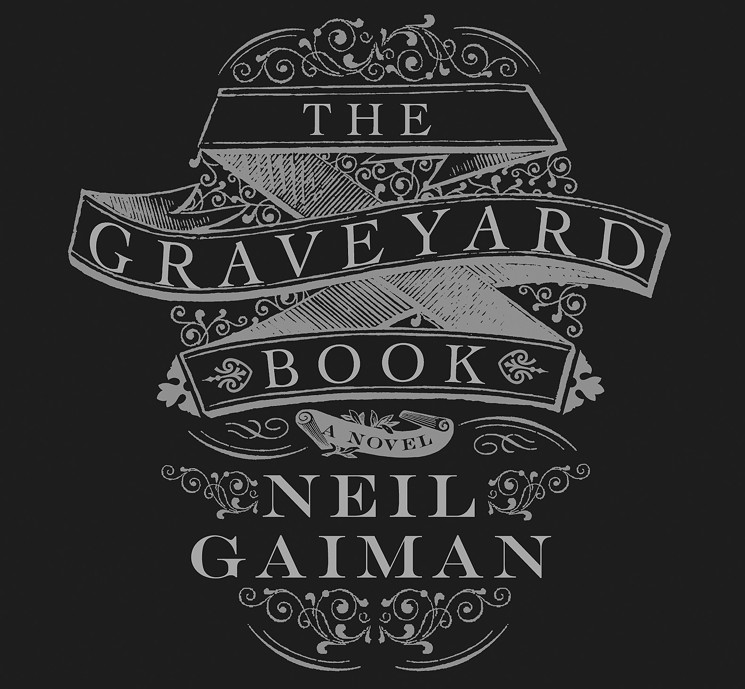
Gaiman won the prestigious Newbery Medal for The Graveyard Book, a YA adaptation of Kipling's The Jungle Book.
Courtesy of HarperCollins Publishers
In addition to his adult fare, Gaiman is an accomplished children’s author. This reimagining of Kipling’s The Jungle Book features an orphan raised by ghosts, vampires, and werewolves in a graveyard after his parents were murdered. The sweet tale won the prestigious Newbery Award in 2009 and earned Gaiman his fourth Hugo Award, this time for best novel.
“Murder Mysteries” (1992)
Another early short story, originally published in 1992, “Murder Mysteries” involves the angel Raguel investigating the first murder in Heaven, joined by a pre-Fall Lucifer. Gaiman’s vision of Heaven before the creation of mankind also played a major part in the comic novel Good Omens and The Sandman. The story was also collected in Smoke and Mirrors.
Good Omens (1990)
Gaiman co-authored his 1991 debut novel with the late Terry Pratchett. Fans of The Hitchhiker’s Guide to the Galaxy will love this humorous look at the apocalypse, in which the demon Crowley and the angel Aziraphale misplace the antichrist, who then grows up as a normal British schoolboy. Good Omens is filled with the incisive social and religious commentary that was the standard for Pratchett’s Discworld novels, along with the detailed mythology that fuels Gaiman’s work. A rumored film was stuck in development hell for decades, until Gaiman recently announced that he was writing a miniseries adaptation for Amazon, to debut in 2018.

Gaiman's award-winning masterpiece American Gods leaps to the TV screen on April 30, courtesy of Starz.
Courtesy of HarperCollins Publishers
Gaiman already had a few novels under his belt when this epic dropped in 2001. The bestselling novel, which won Hugo, Nebula, and Bram Stoker Awards, deals with what happens to ancient gods in contemporary America. The story follows Shadow, an ex-con as he works with the mysterious Mr. Wednesday in a war between ancient dieties like Mr. Ibis (Thoth) and Mr. Nancy (Anansi) who emigrated to America with their worshipers, and modern gods like Media and The Technical Boy. The novel has been adapted into a new series from Starz, starring Ricky Whittle as Shadow and Ian McShane as Wednesday. It debuts on April 30.
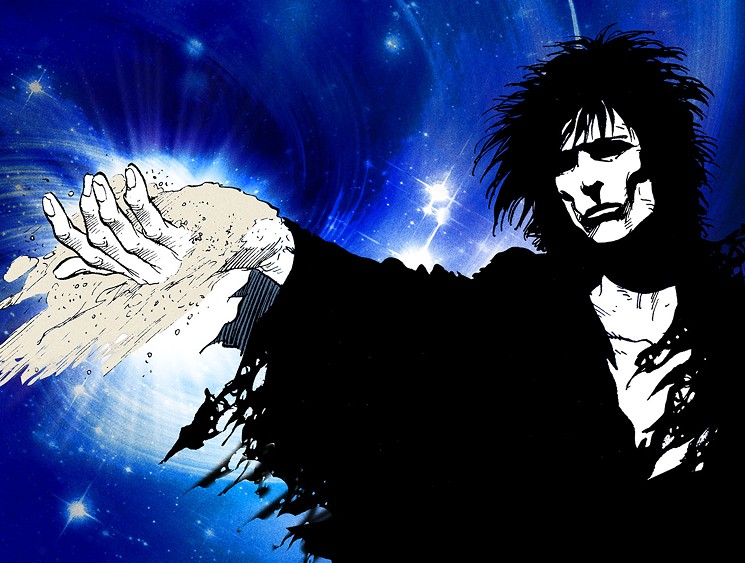
Morpheus, the tragic hero of Gaiman's groundbreaking comic, The Sandman.
Courtesy of DC Entertainment
Gaiman was an obscure freelance journalist, best known for a Duran Duran biography and Don’t Panic: The Official Hitchhiker’s Guide to the Galaxy Companion, when he branched into comics in the late '80s. Following a few one-offs in DC’s horror titles Swamp Thing and Hellblazer, he found his voice with this epic series. The story of Morpheus, the King of Dreams, who escapes imprisonment on Earth to rebuild the dream kingdom until his pride and rigid sense of duty lead to his downfall, this tragic comic is Gaiman’s masterpiece, a work whose ideas resonate through everything else Gaiman has written.
Debuting in 1989, The Sandman helped drive DC Comics’ mature readers’ Vertigo imprint as well as the late ‘80s “British Invasion” of comic creators. Sandman was the gateway comic for many readers – the one that people shared with their friends saying, “I know you don’t read comics, but check this out.” It also established Gaiman as a goth icon thanks to Dream, a pale, dark-haired, Robert Smith clone, and Death, his Ankh-and-black-lipstick-wearing older sister. Since the original series ended in 1996, Gaiman returned to his trademark character a couple times, most recently with a prequel miniseries, The Sandman: Overture.

